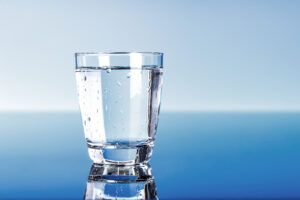HHS Releases Survey Report on Federal Water Assistance Progra,
 On March 21, the U.S. Department of Health and Human Services (HHS) released a new report on the Agency’s Low Income Household Water Assistance Program (LIHWAP). The document, Understanding Water Affordability Across Contexts, LIHWAP Water Utility Affordability Survey Report, provides results from a survey of more than 1800 drinking water and wastewater systems across the country, analyzing rates, arrears, disconnections, and fees. Highlights from the findings include that:
On March 21, the U.S. Department of Health and Human Services (HHS) released a new report on the Agency’s Low Income Household Water Assistance Program (LIHWAP). The document, Understanding Water Affordability Across Contexts, LIHWAP Water Utility Affordability Survey Report, provides results from a survey of more than 1800 drinking water and wastewater systems across the country, analyzing rates, arrears, disconnections, and fees. Highlights from the findings include that:
- On average, 20% of households are in debt to their water utility. For tribal communities, that increases to 32% of households.
- The average household debt is $285, but among tribally owned utilities, the average household debt is $502.
- Nearly all (88%) participating utilities charge late fees and disconnection or reconnection fees.
- Households at 75% of the federal poverty level spend up to 40% of their monthly income on water and sewer bills.
- Each very large utility (serving populations over 100,000) is owed an average of nearly $15 million.
- Utilities experience financial challenges and note significant benefits from water assistance programs for their organizations and customers.
To date, the LIHWAP program has served more than 1.4 million households. The program was established in response to the COVID-19 public health emergency and the need to ensure water access to combat the spread of the virus. Congress authorized $1.1 billion in emergency funding to assist low-income households struggling to pay their water bills by making direct payments to water system owners and operators on their behalf. This funding included $638 million from the Consolidated Appropriations Act (CAA 2021) and $500 million from the American Rescue Plan Act (ARP 2021). The program sunsets this month. However, on February 28 of this year, Senator Alex Padilla (D-Calif.) introduced the Low-Income Household Water Assistance Program (LIHWAP) Establishment Act, legislation that would establish a permanent, nationwide water assistance program.

